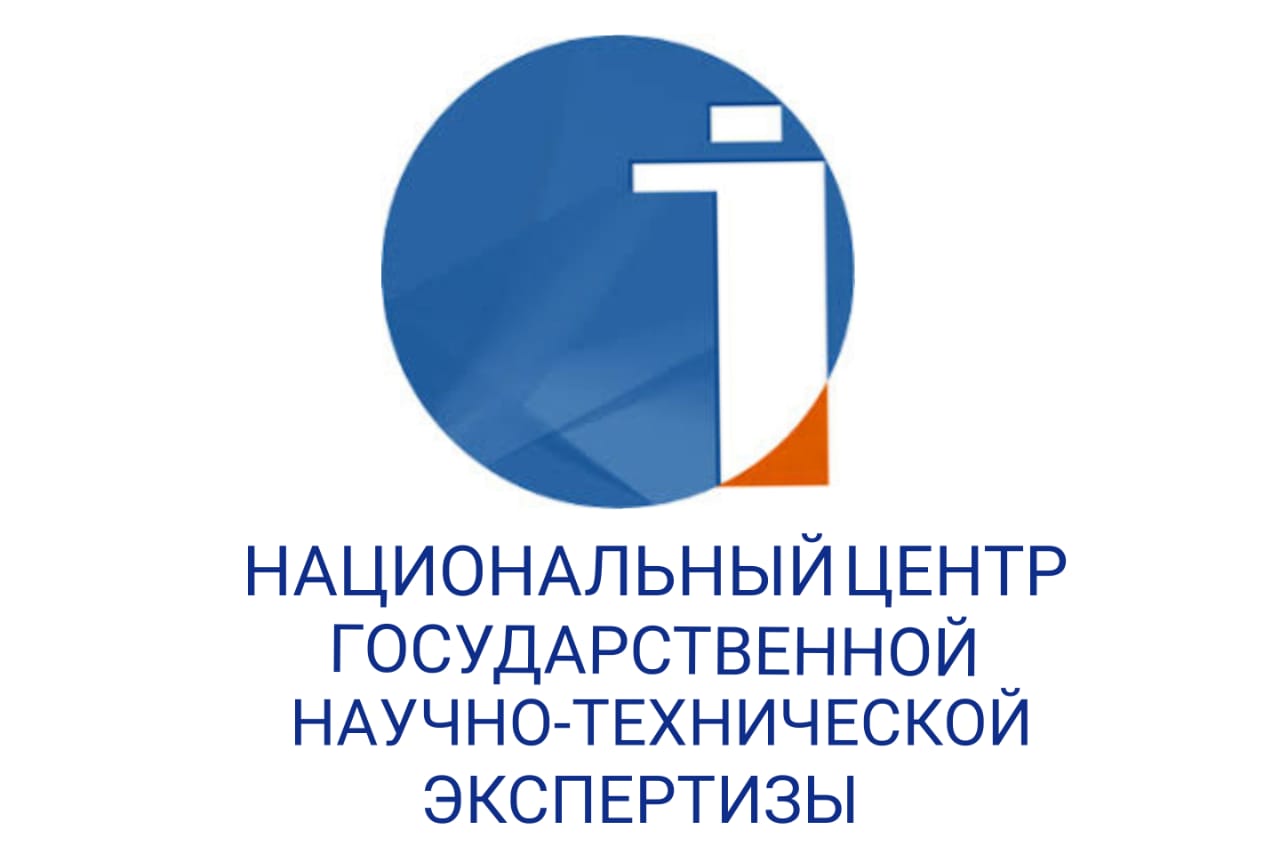METHODOLOGY OF TEACHING BORROWED WORDS IN THE KAZAKH LANGUAGE: PEDAGOGICAL AND PSYCHOLOGICAL DIAGNOSIS
DOI:
https://doi.org/10.48371/PEDS.2024.72.1.021Keywords:
borrowed words, term, international words, pedagogical experiment, SPSS program, digitalization of education, social network, blended learningAbstract
The article considers the process of borrowing words from one language to another, its causes and conditions, the legality and principles of obtaining words from another language, national attitudes, and practices of word formation, and new methods of teaching the Kazakh language. From this academic year, the discipline “Akhmetstudies” (Akymettanu) has been introduced in several educational institutions in the country. Choosing this discipline to conduct the experiment associated with loan words also has its own significance. At the beginning of the 20th century, the Alash intelligentsia, headed by A. Baitursynuly, worked to ensure that the Kazakh language entered a new path of development as a written literary language and as a language of science. In that era, the scientific foundations and national positions of the Kazakh language for borrowing words from other languages were first established. The purpose of the research work is to describe the input words in the Kazakh language from the point of view of synchronism, their theoretical justification, as well as experimental verification of the effectiveness of learning. A pedagogical experiment following the principles of A. Baitursynuly on borrowing words from another language was conducted for students of the “Kazakh Language and Literature” educational program. Since the pandemic situation, the organization of the teaching process has been formed in online, offline, and mixed formats, synchronous and asynchronous. During the experiment, work was carried out on various methods used in online and offline formats. SPSS Statistics was used for the statistical processing of the data, and chart, chi-square, and Mann-Whitney analyses were used to check the reliability and internal consistency of the author’s questionnaire. During this experiment, the following results were achieved: empirical control was carried out and descriptive and final surveys were conducted to assess the level of education, as well as interactive methods were used that could be used online and offline.








